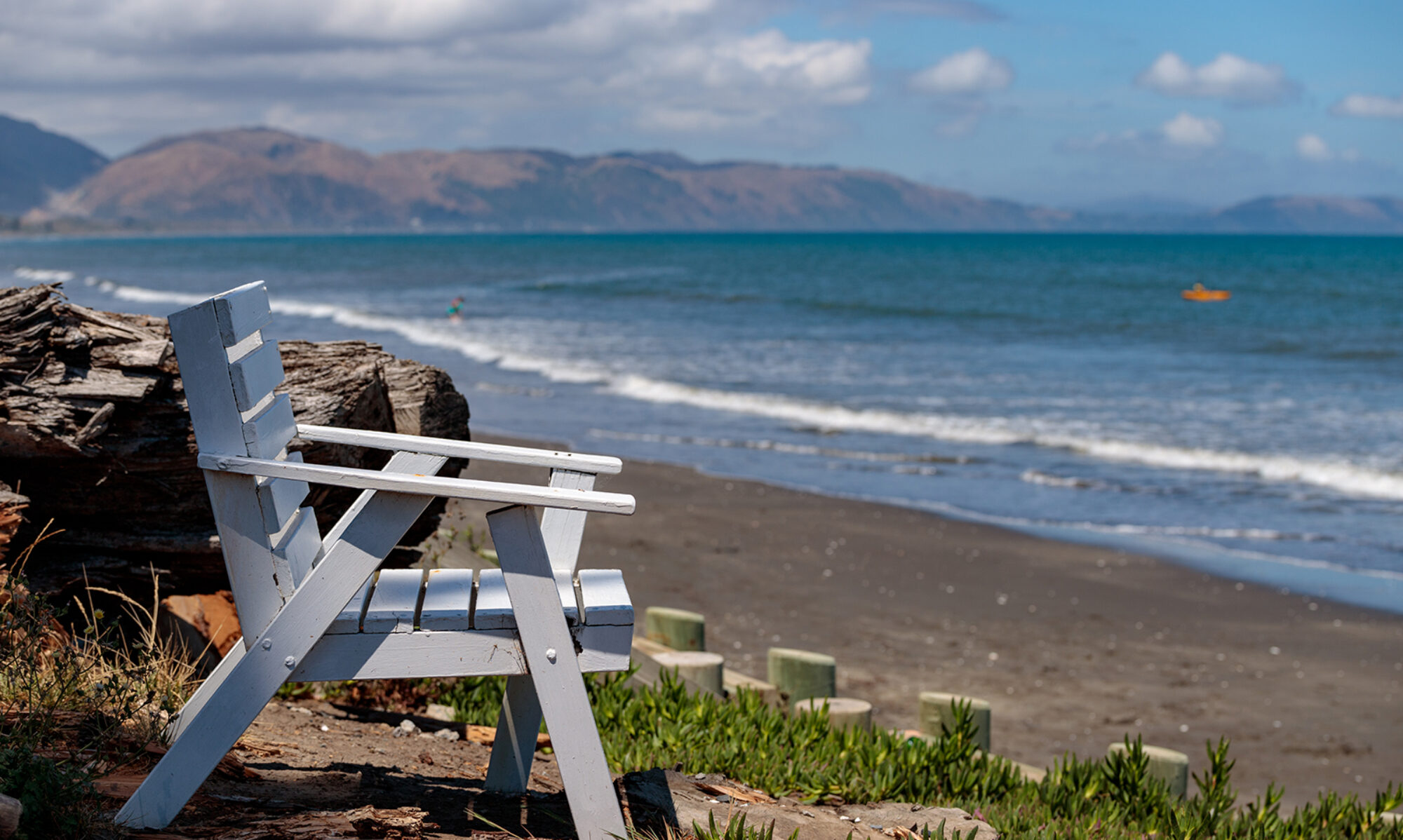When one looks at the iconography of Christian art one becomes conscious of the abundant images used by artists to give some expression to the mystery we call the Trinity.
God the Father as an old man, God the Son as a younger man, and God the Holy Spirit as a dove.
God the Son sits at the right of God the Father, and God the Holy Spirit as a dove hovers between the two inevitably with wings outstretched.
So much for three co-equal persons? A dove?)When one looks at the iconography of Christian art one becomes conscious of the abundant images used by artists to give some expression to the mystery we call the Trinity.
God the Father as an old man, God the Son as a younger man, and God the Holy Spirit as a dove.
God the Son sits at the right of God the Father, and God the Holy Spirit as a dove hovers between the two inevitably with wings outstretched.
So much for three co-equal persons? A dove?)
Then at some point the three-leaf clover, known as the shamrock, took over from the triangle – at least the clover leaf had colour.
Each of these images however, is static.
Then, I discovered in the kitchen cupboard an oil known as 3-In-One oil. One oil performing three separate functions. The one oil lubricates, cleans, and prevents rust – functions which might well be Trinitarian.
The nuisance is the admonition to “keep out of reach of children”! Not the best idea when speaking of God!
Speaking of children, there is a toy known as a “fidget spinner.” In production since 2017, the fidget spinner is typically three-lobed and designed to spin on a central axis.
When spun with speed, the three lobes look to be one.
(insert video)
The Cappadocian Fathers of 4th century Turkey, ( St. Gregory of Nyssa, St. Gregory of Nazianzus, and St. Basil of Caesarea) said: “Whatever is going on in God is a flow, a radical relatedness, a perfect communion between Three — a circle dance of love. And God is not just a dancer; God is the dance itself.”
“Whatever is going on in God is flow”.



